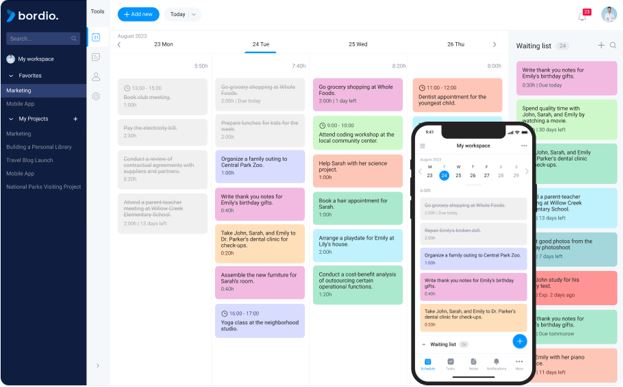How Primary School Camps Can Boost Your Child’s Well-being And Mental Health
Primary school camps are more than just a break from the regular school routine; they are a gateway to a world of learning, growth, and enhanced well-being for your little ones. From building lasting friendships to fostering a sense of resilience, these camps offer many benefits beyond the thrill of outdoor adventures. Here’s how they can significantly boost your child’s well-being and mental health.
A Breath Of Fresh Air
Primary school camps, like the fun-filled adventures provided by PGL, often take children into the heart of nature, away from the hustle and bustle of city life. The fresh air, the soothing rustle of trees, and the tranquil sounds of wildlife can work wonders in calming an overactive mind and rejuvenating the spirit. It’s like a natural therapy session that helps your child find a sense of peace and tranquillity amidst the beauty of the great outdoors.
Cultivating Resilience
Facing challenges is an integral part of every camp experience. From conquering obstacle courses to learning to live in a shared space, children are exposed to situations that require adaptability and resilience. Overcoming these challenges helps build their confidence, teaching them to bounce back from setbacks and navigate through life’s ups and downs with a positive attitude and a resilient spirit.
Unplugged And Reconnected
In today’s digital age, screen time has become the norm for many children. Primary school camps provide a much-needed break from technology, allowing kids to disconnect from their devices and reconnect with the simpler joys of life. By immersing themselves in physical activities, group games, and nature walks, they can rediscover the joy of human interaction and the beauty of the world around them.
Friendship And Belonging
Friendships forged at primary school camps often last a lifetime. Being surrounded by peers in a shared environment fosters a sense of camaraderie and belonging, giving children a supportive network of friends they can rely on. The bonds formed during these camps create a sense of community and provide a strong emotional support system that contributes significantly to their overall well-being.
Self-Discovery And Confidence
Through various activities and challenges, children at primary school camps get the opportunity to discover their hidden talents and strengths. Whether conquering a fear of heights or showcasing their leadership skills during group tasks, these experiences help boost their self-esteem and foster a sense of self-assurance that they can carry.
Mindful Reflection
At the peaceful haven of a camp, children often discover moments of mindful reflection. Free from the daily bustle, they have the space to ponder their experiences, embrace the present, and delve deeper into self-discovery. This reflective practice nurtures their emotional well-being, forming a sturdy base for mental resilience and self-awareness.
In A Nutshell
Primary school camps transcend mere adventure; they represent transformative journeys that significantly contribute to your child’s holistic well-being and mental health. By nurturing a supportive environment, fostering enduring friendships, and instilling resilience, these camps establish the foundation for a happier, healthier, and more self-assured young mind.






